The Pueblo Indians, who have lived in the American Southwest for thousands of years, do not draw a distinction between the secular and the sacred: everything is spiritual. This spirituality permeates all aspects of their lives, including their interaction with the land, with other peoples, and with the supernaturals. All life is interrelated, balanced, and interdependent. Human beings, therefore, must maintain harmony with the rest of the universe. One of the places that is important for the maintenance of harmony and the spiritual health of the people is the mountain which the Americans call Mount Taylor.
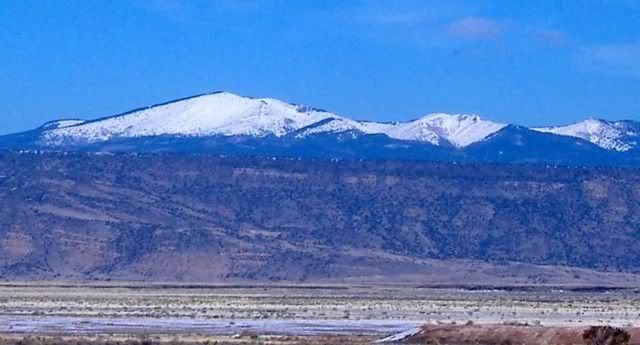
In 1849, shortly after the United States acquired New Mexico from Mexico the Americans, ignoring any possible Native American names for the mountain, renamed it after President Zachary Taylor. The mountain is called Dwankwi Kyabachu Yalanne by the Zuni; Kaweshtima by the Acoma; Tsibina by the Laguna; and Tsiipiya by the Hopi.
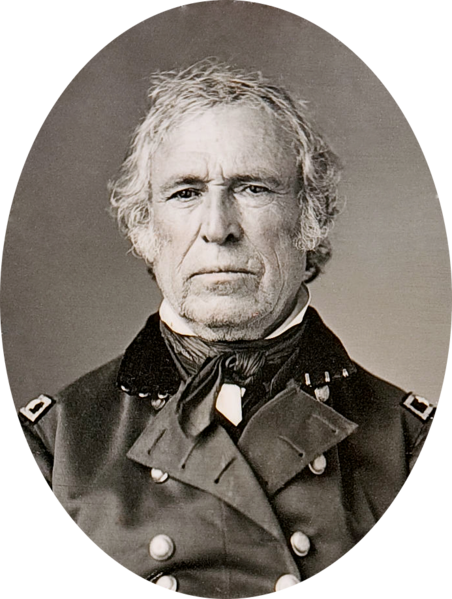
Zachery Taylor, shown above, gained fame as a military officer in his campaigns in the Black Hawk War and the Seminole Wars.
With regard to the Zuni and Mount Taylor, Zuni Governor Cooeyate has said:
“The Zuni relationship to Mount Taylor, as an important place on the landscape and as a marker of the extent of the Zuni homelands, has been documented through historic records for more than 300 years. First by the early Spanish representatives in the eighteenth century, later by American military personnel and early anthropologists throughout the nineteenth and early twentieth century, and more recently in land claims cases in the latter half of the twentieth century. While the importance of Zuni’s relationship to Mount Taylor can be found in writings that are very old, our relationship to the mountain exceeds the historic record by many centuries.”
In addition to being a sacred area for these Pueblos, the mountain is also a sacred area for a number of non-Pueblo tribes including the Navajo. The Navajo name for the mountain is Sootdzit. From this mountain, the people gather soil, tobacco, minerals, medicines, and other resources which are used to create the Mountain Soil Bundle which is used in the Blessing Way Ceremony.
With regard to its physical geography, Mount Taylor is a stratovolcano located midway between Albuquerque and Gallup in the southwestern corner of the San Mateo Mountains. It rises to an elevation of 12,000 feet and is the highest point in the Cibola National Forest. The mountain is largely forested and rises like a blue cone above the desert. The forest on its slopes was an important source of timber for the Pueblos.
In 1905, without consulting the tribes or taking into consideration the sacred nature of Mount Taylor, the United States incorporated the land into a national forest to be administered by the Secretary of Agriculture. Since the primary focus of the Forest Service is on resource development, over the past century the cultural resources on Mount Taylor including pilgrimage trails, shrines, and archeological sites have been threatened by increased development.
In 1978, Congress passed the American Indian Religious Freedom Act (AIRFA) which was designed to pro¬tect and preserve traditional religious practices, including access to sacred sites, the use and possession of sacred objects, and the freedom to worship through traditional ceremonies. The Act directed federal agencies to survey their rules and regulations and to try to accommodate the practice of Indian religions. The Act directs federal agencies, such as the U.S. Forest Service, to adopt land management policies which will be sensitive toward tribal religious needs concerning federal public lands. As a result of this Act, federal agencies began to formally consult with American Indian tribes about how proposed federal developments might harm sacred places. The law, however, did notinclude an administrative mechanism for Indian tribes to contest agency decisions.
In 2009, Mount Taylor was designated as a Traditional Cultural Property. According to Acoma Pueblo Governor Sanchez:
“This designation highlights the rich historic and cultural connections that each tribe maintains with the mountain, especially for the Pueblo of Acoma.”
The designation serves as guidance for any future development of the area and calls for tribal consultation on any proposed development.
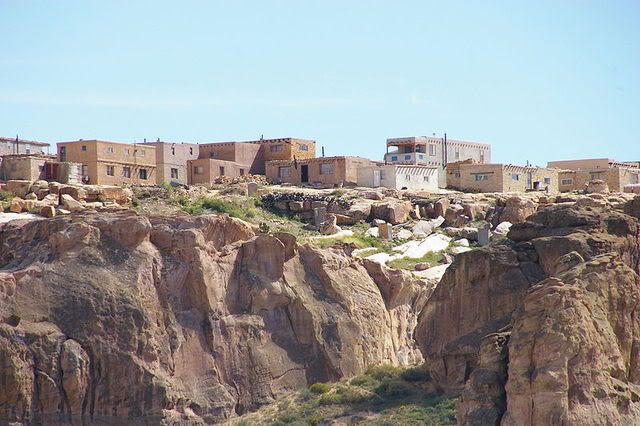
Acoma Pueblo is shown above.
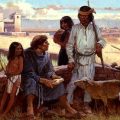
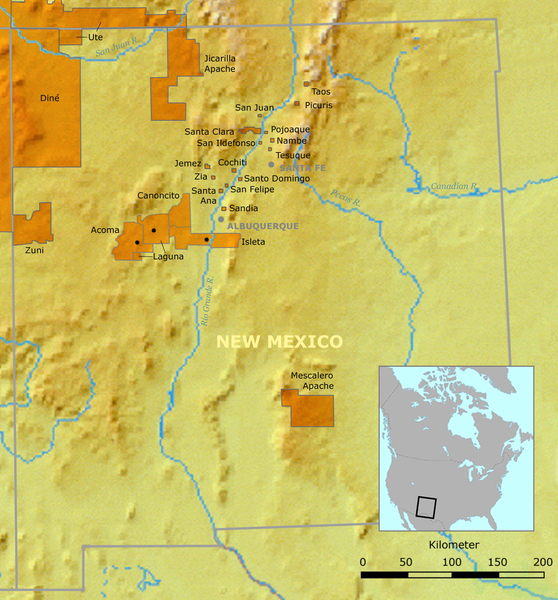
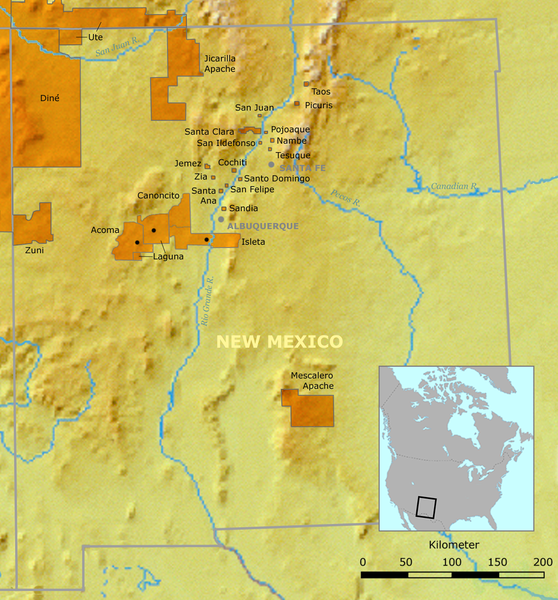
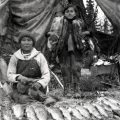
Leave a Reply